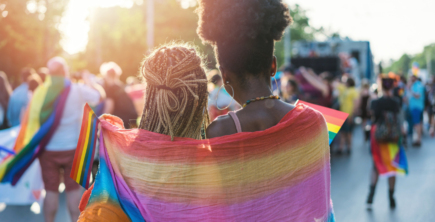
LGBT
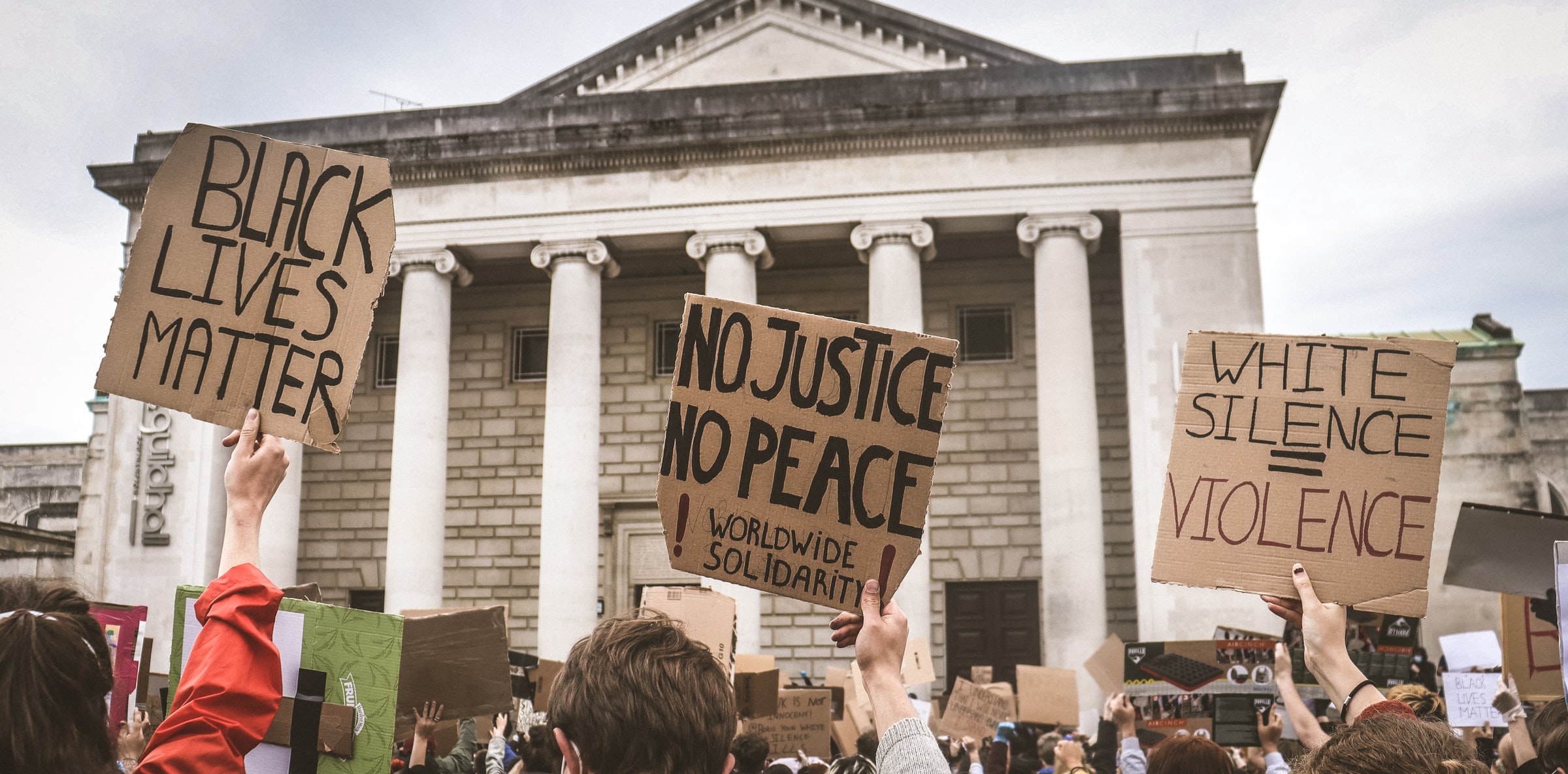
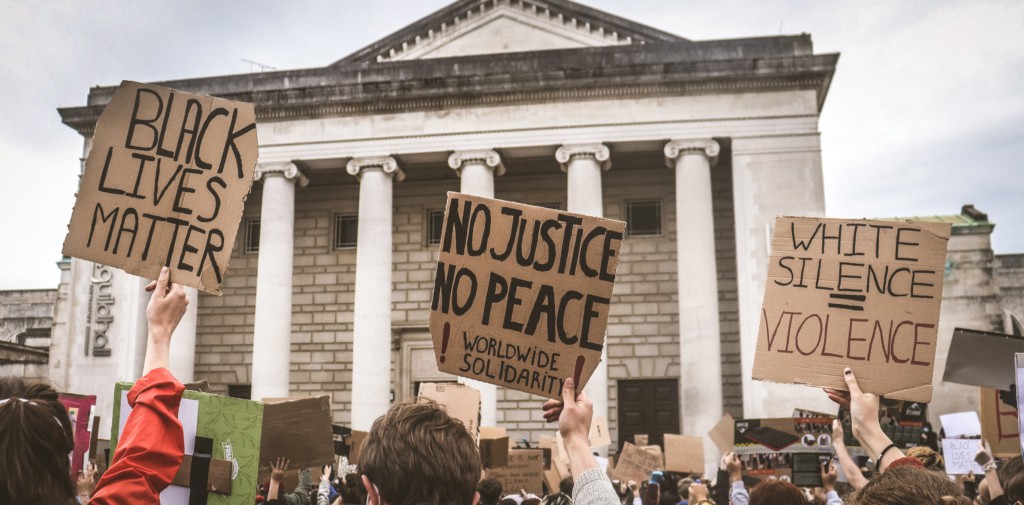
In response to antiracist uprisings across the country and globe in 2020, U.S.-based companies invested up to $66 billion to address racism.
“But more than a year later, it’s nearly impossible to know where all of that money has gone and exactly who benefited from it,” said Tides CEO Janiece Evans-Page, opening the panel discussion of Tides’ Corporate Impact Leaders Forum recently.
The panel, titled How Companies Can Champion Equity and Justice, brought together a group of corporate social impact leaders to share insights on how their companies are doing their part to establish a more equitable and just social and corporate sector. The conversation covered timely, substantive topics focused on removing barriers imposed by historically inequitable systems, and the criteria for an authentic corporate commitment to equity.
The panel included Roxana Shirkhoda, head of Social Impact at Zoom; Gabrielle Wyatt, founder and CEO of The Highland Project, which invests in Black women leaders to develop multigenerational wealth; Caitlin Morris, director of Nike’s social impact team; and Richard Brown, vice president of philanthropy at American Express.
To set the foundation for the discussion, Dan Shannon, the moderator and Tides chief partnerships officer, asked panelists to describe how they think about equity.
“I like to think of equity as creating shared value through representation and inclusion,” said Morris, vice president of Social and Community Impact at Nike. “And companies have such an important role we can play in creating equity that starts at home.”
Wyatt contextualized her work in the history that brought us to our current state in which serious threats to equity persist. Wyatt launched The Highland Project in 2020 to invest in Black women leaders.
We think about the fact that we have 400 years of lost opportunity as the result of the vestiges of slavery, of segregation, of institutionalized racism. Strictly focusing on wealth is simply not enough.
“As we think about the lack of multigenerational wealth in Black communities, and communities of color writ large,” Wyatt said, “we think about the fact that we have 400 years of lost opportunity as the result of the vestiges of slavery, of segregation, of institutionalized racism.” Amidst these vestiges, Wyatt understands that strictly focusing on wealth is simply not enough, particularly if “you cannot breathe, if you cannot walk down the street feeling safe, if you don’t feel you can obtain a quality education.”
Acknowledging that inequity cuts across all areas of life, Wyatt’s team approaches the work holistically. Shannon reflected on this holistic approach as the implementation of equity as a lens rather than an isolated goal. “It isn’t just equity in a vacuum,” Shannon said. Other panelists echoed this way of working.
As head of Social Impact at Zoom, Shirkhoda thinks beyond the visible, tangible implications of inequitable conditions; she considers what’s beneath the surface and what it will take to truly improve the circumstances. Speaking to Zoom’s definition of equity, Shirkhoda said, “We’re keen to highlight the disparities of access to monetary resources, but also acknowledge that an intangible or unmeasurable but equally powerful area for us to acknowledge is power.”
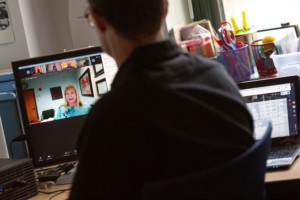
In light of the shift towards online learning—due to the pandemic—Zoom invested millions of dollars in youth mental health programming and educator training. (Photo © Allison Shelley)
Shirkhoda spoke to Zoom’s offerings to address the exacerbation of inequities during COVID-19 pandemic shutdowns. When millions of students lost access to classrooms, libraries, and the technology infrastructure, Zoom’s most logical intervention — offering its software free of charge to more than 100,000 schools globally — was the first step.
“In the holistic manner that we’re trying to look at equity and access,” Shirkhoda said, “we also funded over $1 million of digital access and connectivity programs. If you don’t have broadband or connectivity in your home, then what’s the point of having limitless access to the platform?” Zoom also provided training for educators on remote learning and funded millions of dollars of youth mental health programming in recognition of “an incredibly challenging last couple years for students who have had to adapt in so many ways to a really difficult environment.”
Brown spoke from a different angle on the same critical approach. In addition to taking a stance, AmEx recently committed $1 billion in credit, capital, and loans, including $50 million to support BIPOC-led organizations. AmEx took another step to ensure that it wouldn’t be perpetuating Evans-Page’s earlier point about corporate investments being impossible to track or measure. It created an accountability office to keep tabs on how the company is doing against that billion-dollar investment.
“Our company made a very deliberate effort to come up with a strategy for supporting communities, and we’re now being taken to task to make sure that we meet that objective,” Brown said. In light of the fact that so many Black-owned businesses suffered as a result of the coronavirus pandemic, AmEx also played a key role in establishing the Coalition to Back Black Businesses, which will invest $10 million in a grants program to support Black businesses across the U.S. “Of course, we know that the pandemic just lifted these issues up; many of these Black businesses were also in trouble before the pandemic took place,” he said.
Brown added that AmEx is identifying how to become more strategic at distributing grants, particularly as it relates to funding and supporting BIPOC-led organizations. The company came up with its own criteria of what qualifies as one: a combination of the CEO plus two of the three categories — the executive staff, the board of directors, and the population the organizations served — must be 51 percent or more people of color.
“This is the criteria that we felt was fair, and a way for us to transition from how we were doing it before, which was more just asking the question in a more casual way, to a very formal way of actually demonstrating.”
Similarly, Shirkhoda said Zoom acknowledges “really humbly and honestly, that we’re early in our journey, that we don’t claim to be where we would be if we were 10 years along in the work.” At this early stage, she said, “it’s really key for us to name, from day one of launching our social impact arm, that we made a commitment that we would fund predominantly BIPOC-led organizations.” Zoom is considering a number of factors that would give access to capital and wealth in a more equitable way. “Say we want to fund organizations who are $5 million-and-under that typically don’t get corporate grants, and we look at the funders of our grantees. And if we don’t see a lot of corporate funders, we’re more excited about funding those organizations, if they’ll have us,” she said. “We do want to help demonstrate that there are organizations that have not been funded for so long, but now need to be funded. And if we can leverage the power of our brand to demonstrate that we took that leap of faith, that can hopefully open doors for additional funding in the future.”
It’s really key for us to name, from day one of launching our social impact arm, that we made a commitment that we would fund predominantly BIPOC-led organizations.
Roxana Shirkhoda, head of Social Impact at Zoom
Representation, trust, authenticity, and the intangible balance of power that Shirkhoda spoke to all play a role in equitable grantmaking. To this point, Morris said that it starts with listening. “Listening with a healthy dose of humility,” she said.
Shirkhoda emphasized this sense of humility in her team’s priority of inviting grantee input and even direction on the work. “It’s one thing to say, ‘Join the table,’” Shirkhoda said. “It’s another to say, ‘Help us move the money in the way that you would like to see us move it.’”
While very little of Nike’s portfolio is participatory in this way, Morris and her team find other ways to ensure more equitable dynamics. “We’ve also really tried to fast forward and evolve equity and start to ask ourselves questions like: What is the composition of the leadership of the grantees, not just their beneficiaries? How do we remove barriers in how we get grantmaking done so that grassroots organizations can truly participate?” Nike has a team of people around the world dedicated to listening to and incorporating community voices into the work. When the company launched its Black Community Commitment, Morris said Nike hired six new Black teammates whose lived experience strengthens the quality and authenticity of the work.

The optics are of value, but what’s underneath them is just as important. (Photo © wocintechchat)
Hiring representative employees is an obvious part of the equation, but Wyatt added that, in order to perceive a sense of authenticity from a company, she also has to see evidence of equity that cuts deeper.
“Am I, as a leader joining a call and seeing not only more faces who look like me but leaders who want to be there, who are retained, who feel empowered, who feel they’re co-powering the direction of where their company is heading?” The optics are of value, but what’s underneath them is just as important.
As Shannon said in the conversation, “All of our organizations — Tides included, for that matter — are on a journey towards a state of being more committed and more true to ourselves when it comes to equity and justice.” And these journeys are ongoing, always working toward a more realized state of equity.
“Diversity, equity, inclusion — it’s a journey. It’s not a sprint. It’s not a marathon. There’s no stop, there’s no endpoint to this journey,” Brown said.
And yet there’s urgency, too.
“There’s a balance, you know — there’s no finish line, and it’s not a sprint, and there’s a need for a sense of urgency,” Shirkhoda said. “There’s a need to show up and listen to this in every possible way you can, with every asset and every lever you have to pull. That’s how we’re trying to do it.”

LGBT
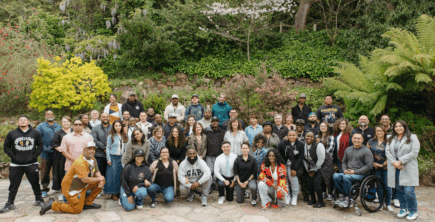
Corporate Partners

Philanthropy

Read the stories and hear the voices of social change leaders fighting for justice.